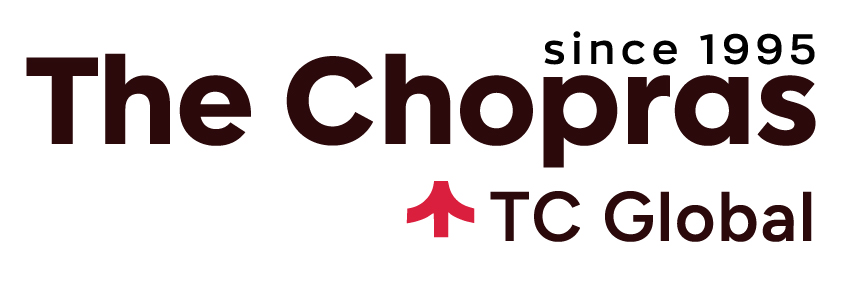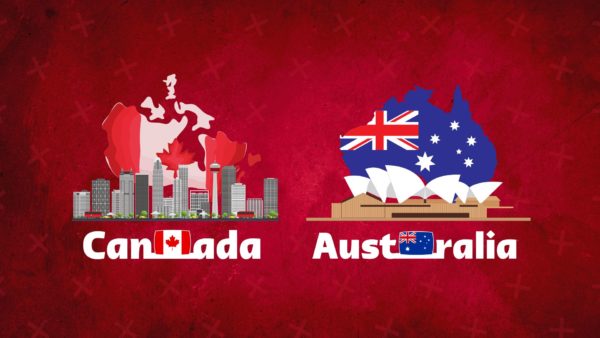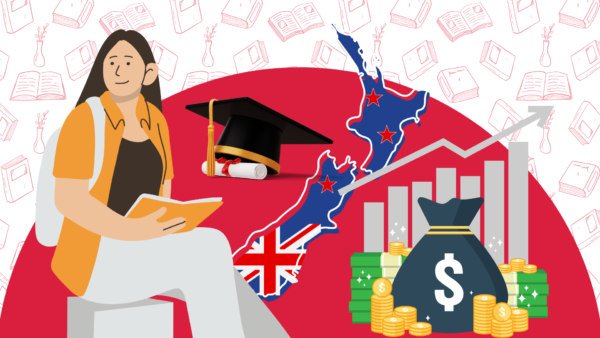
Discovering campus life in Australia and Canada provides a captivating glimpse into the dynamic university experiences offered by these two nations. From bustling multicultural hubs to serene natural landscapes, each country’s campuses create distinctive environments for students to thrive academically and culturally.
Canada
Driven by its unwavering commitment to excellence, Canada is one of the top-ranked study-abroad destinations in the world. Ranked third globally for quality of life (U.S. News & World Report, 2024), Canada promises an enriching student journey.
With an impressive array of more than 10,000 college and university programs across 234 institutions (Universities Canada, 2024). Canada proudly hosts eight institutions within the global top 200 universities in the Times Higher Education World University Rankings 2025—including the University of Toronto (#21), UBC (#41), McGill (#45), and McMaster and Alberta (tied at #116), Université de Montréal (#125), Waterloo (#163) and Ottawa (#191)—demonstrating its strength in world‑class education.
With more than 250 ethnic origins, over 200 languages from around the world, and 70 Indigenous languages shaping its cultural mosaic (Statistics Canada, 2017), Canada fosters a sense of belonging for every student. Both French and English are widely spoken throughout the country leading to ease of communication.
Additionally, tuition fees in Canada remain competitive, often proving more economical than those in Australia, the U.K., and the U.S., as per QS World University Rankings 2022.
According to the World Population Review, Canada ranks 80th in the crime rate index. Canada’s campus life beckons with the promise of quality education, inclusivity, affordability, and a gateway to a promising future.
All of this unfolds amidst the backdrop of diverse cultural experiences and the breathtaking beauty of the Canadian landscape, making it an enticing destination for international students.
Australia
Australia offers a welcoming, safe, and inclusive environment for international students, making it an attractive destination for those seeking an enriching educational experience. Australians are renowned for their friendliness and open-mindedness and for creating a welcoming atmosphere.
International students express high satisfaction, with 87.4% reported satisfaction with overall experience (2023 data), as per the 2023 International Student Experience Survey by Australian Government.
Australia’s cities are not only vibrant but also incredibly student-friendly, with seven of them featured in the world’s top 100 student cities, according to QS Best Student Cities 2019.
Safety is a top priority in Australia, as its cities and public spaces offer a sense of security and freedom that sets it apart. The nation consistently maintains some of the lowest crime rates globally, ensuring a safe environment for students, whether in urban centres, towns, or regional areas. According to the World Population Review, Australia ranks 74 in the crime rate index.
Studying in Australia means joining a diverse community of students from around the world, fostering the opportunity to build friendships and explore exciting prospects. Collaboration is a fundamental aspect of the educational experience, where students work closely with peers, researchers, instructors, and other faculties. Hands-on industry exposure through placements and internships enhances career prospects and postgraduate opportunities.
Specialized services assist students in adapting to Australian life, including language and academic support, dedicated international student advisers, orientation programmes, childcare support, mental health and counselling services, accommodation assistance, employment support, and provisions for prayer and worship.
Student associations play a crucial role in representing and supporting the needs of students. Notable organizations include the Council of International Students Australia (CISA), which caters to a diverse range of students, including those in undergraduate, postgraduate, private college, TAFE, ELICOS, and foundation courses.
The Australian Federation of International Students (AFIS) helps students maximize their Australian living and learning experience.
With a commitment to high-quality education and student well-being, Australia stands as a top choice for international students seeking a fulfilling educational journey.
Winner: Canada
Canada emerges as a premier study-abroad destination, offering a blend of academic excellence, inclusivity, and affordability. With a vast selection of educational programmes and seven institutions ranking among the top 200 globally, Canada ensures tailored academic paths for international students.
Moreover, competitive tuition fees, a lower crime rate index, and an exceptional quality of life, as recognized by the U.S. News & World Report, make Canada an enticing choice.













![Best Universities in New Zealand for International Students [2025 Rankings]](https://tcglobal.com/wp-content/uploads/2025/09/Best-Universities-in-New-Zealand-for-International-Students-2025-Rankings-600x338.png)